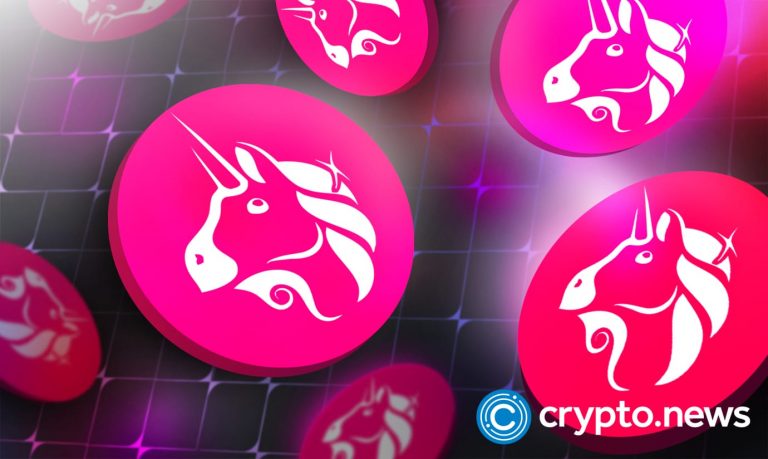 SERGEI GAPON/AFP
SERGEI GAPON/AFPPresident Emmanuel Macron will wait until Friday before announcing his choice for France’s next prime minister, according to the Elysée palace, in a bid to end months of political turmoil.
Eight days after French MPs ousted Michel Barnier as prime minister in a no-confidence vote, Macron cut short a visit to Poland on Thursday and had been expected to come up with a new name on his return.
But after landing at Villacoublay airbase near Paris, his entourage said a statement would not come until Friday morning.
French politics has been deadlocked ever since Macron called snap parliamentary elections during the summer, and when he does name a new prime minister, it will be his fourth this year.
An opinion poll for BFMTV on Thursday suggested 61% of French voters were worried by the political situation.
Although Macron had indicated a decision would be made by the end of Thursday, followers of French politics have become used to the president’s desire to act as maître des horloges – master of the clocks.
Macron has vowed to remain in office until his second term ends in 2027, despite Barnier’s downfall last week.
He has already held round-table talks with leaders from all the main political parties, bar the far-left France Unbowed (LFI) of Jean-Luc Mélenchon and far-right National Rally of Marine Le Pen.
He needs to form a government that will not be brought down the way Barnier’s was in the National Assembly.
It is thought he will either seek to bring parties from the centre left into the government, or agree a pact so they do not oust the next prime minister as well.
The former Brexit negotiator was voted out when Le Pen’s National Rally joined left-wing MPs in rejecting his plans for €60bn (£50bn) in tax cuts and spending rises. He was seeking to cut France’s budget deficit, which is set to hit 6.1% of economic output (GDP) this year.
Among the favourites to replace Barnier, who lasted only three months as prime minister, were centrist MoDem leader François Bayrou, Defence Minister Sebastien Lecornu and centre-left ex-prime minister Bernard Cazeneuve.
Under the political system of France’s Fifth Republic, the president is elected for five years and then appoints a prime minister whose choice of cabinet is then appointed by the president.
Unusually, President Macron called snap elections for parliament over the summer after poor results in the EU elections in June. The outcome left France in political stalemate, with three large political blocs made up of the left, centre and far right.
Eventually he chose Michel Barnier to form a minority government reliant on Marine Le Pen’s National Rally for its survival. But now that has fallen, Macron is hoping to restore stability without depending on her party.
 Getty Images
Getty ImagesThree centre-left parties – the Socialists, Greens and Communists – have broken ranks with the more radical left LFI and have taken part in talks on forming a new government.
However, they have made clear they want to see a leftist prime minister of their choice if they are going to join a broad-based government.
“I told you I wanted someone from the left and the Greens and I think Mr Bayrou isn’t one or the other,” Greens leader Marine Tondelier told French TV on Thursday, adding that she did not see how the centrist camp that lost parliamentary elections could hold the post of prime minister and maintain the same policies.
However, she also said she was not in favour of Bernard Cazeneuve, even though he was a Socialist: “The only times he’s talked about us was to criticise us. He can’t represent us.”
Relations between the centre left and the radical LFI of Jean-Luc Mélenchon appear to have broken down over the three parties’ decision to pursue talks with President Macron.
After the LFI leader called on his former allies to steer clear of a coalition deal, Olivier Faure of the Socialists told French TV that “the more Mélenchon shouts the less he’s heard”.
Meanwhile, Marine Le Pen has called for her party’s policies on the cost of living to be taken into account by the incoming government, by building a budget that “doesn’t cross each party’s red lines”.
Michel Barnier’s caretaker government has put forward a bill to enable the provisions of the 2024 budget to continue into next year. But a replacement budget for 2025 will have to be approved once the next government takes office.




























+ There are no comments
Add yours